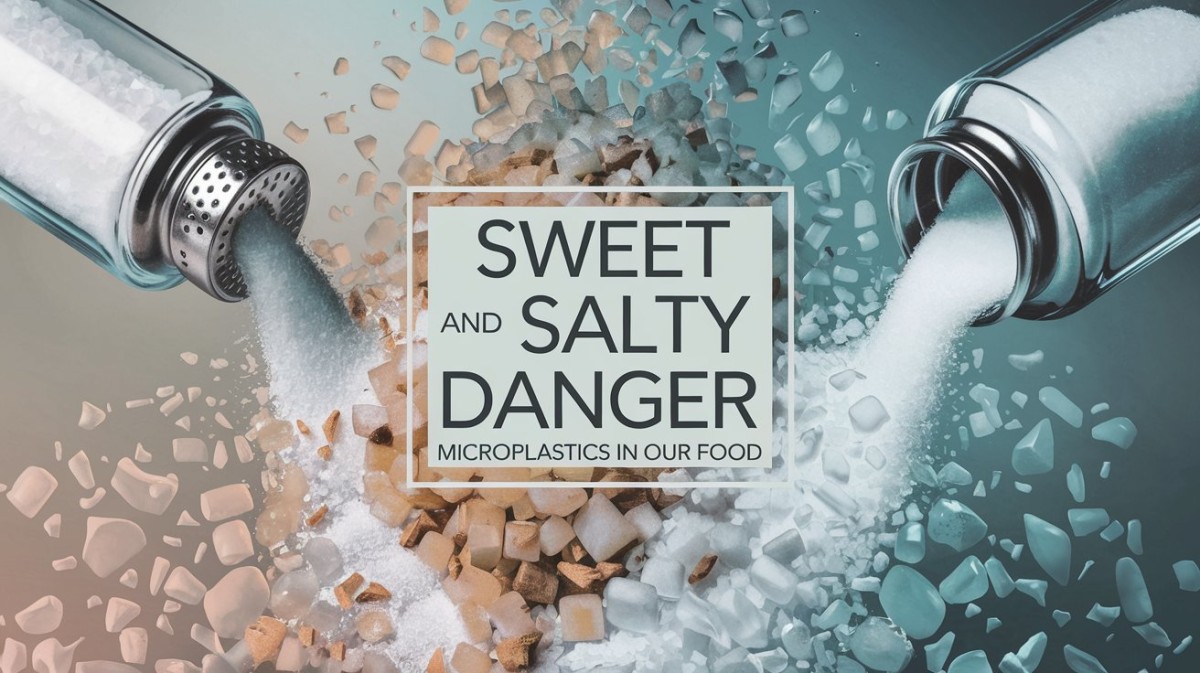It is rather shocking to realize that microplastics are already part of the daily life around the globe. They are tiny and if you try to examine them with the naked eye, you may not see them but they are in the food products we use every day right from salt and sugar. However paradoxical it may seem to say that while we can still hardly see the microplastics, these are gradually moving from an abstract concept to a current concern. Small plastics or microplastics which are measured to be less than 5mm in size have been found in the food we consume including the most common products that are used in a typical home today.
Understanding Microplastics: Tiny Yet Terrifying
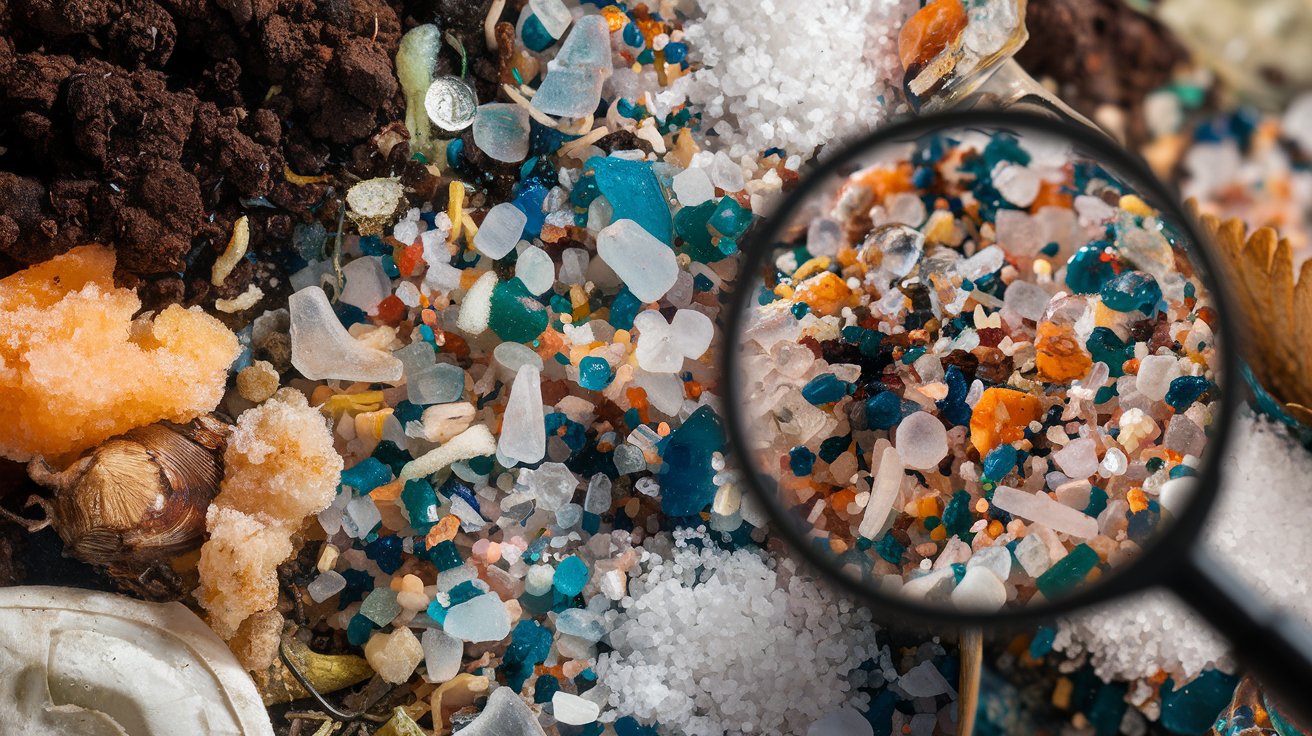
Microplastics consist of tiny particles that come from degradation of plastic products, micro beads used in personal care products and fibres from clothes. At the same time they become increasingly ubiquitous; they exist in oceans, in rivers, and in the air we breathe. Such tiny fragments are moved about by water movement and thus get into the food chain. They are present almost in every environment which has led to concern mostly due to their sustainability. When we say ‘biodegradable,’ one expects the material to dissolve or decompose; however, plastic breaks up into particles that are as dangerous as the whole.
Salt: A Salty Surprise Contaminated with Plastics
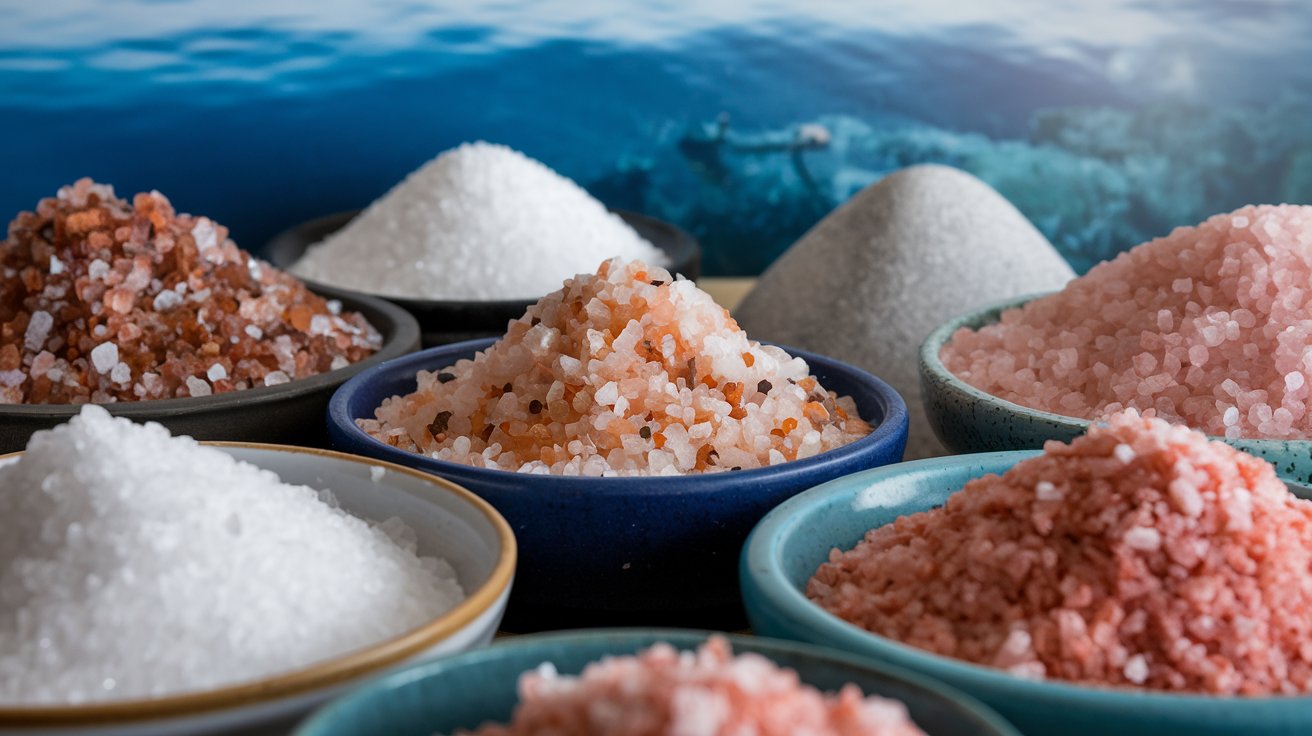
Everybody uses salt in his or her house hold. There is probably no kitchen in existence today that can afford to do without this equipment commonly referred to as the kitchen workhorse. However, studies have shown that not even basic and fundamental product such as salt is immune to being contaminated by plastics. As it has been pointed out above various types of salt; sea salt, rock salt have microplastics present in them. Little pieces of plastic find their way into salts during the harvesting, processing or transportation indicating that using salts to season foods exposes us to microplastics.
A survey show that 90% of table salts sold in Asia became a victim to microplastic pollution, which is actually alarming. The main cause for this type of contamination is that salt is gotten from sources such as sea water which is well known to contain a lot of plastics. It is almost impossible to filter out the particles when producing the salt and hence they find their way we take.
Sugar: Sweetened with Plastic
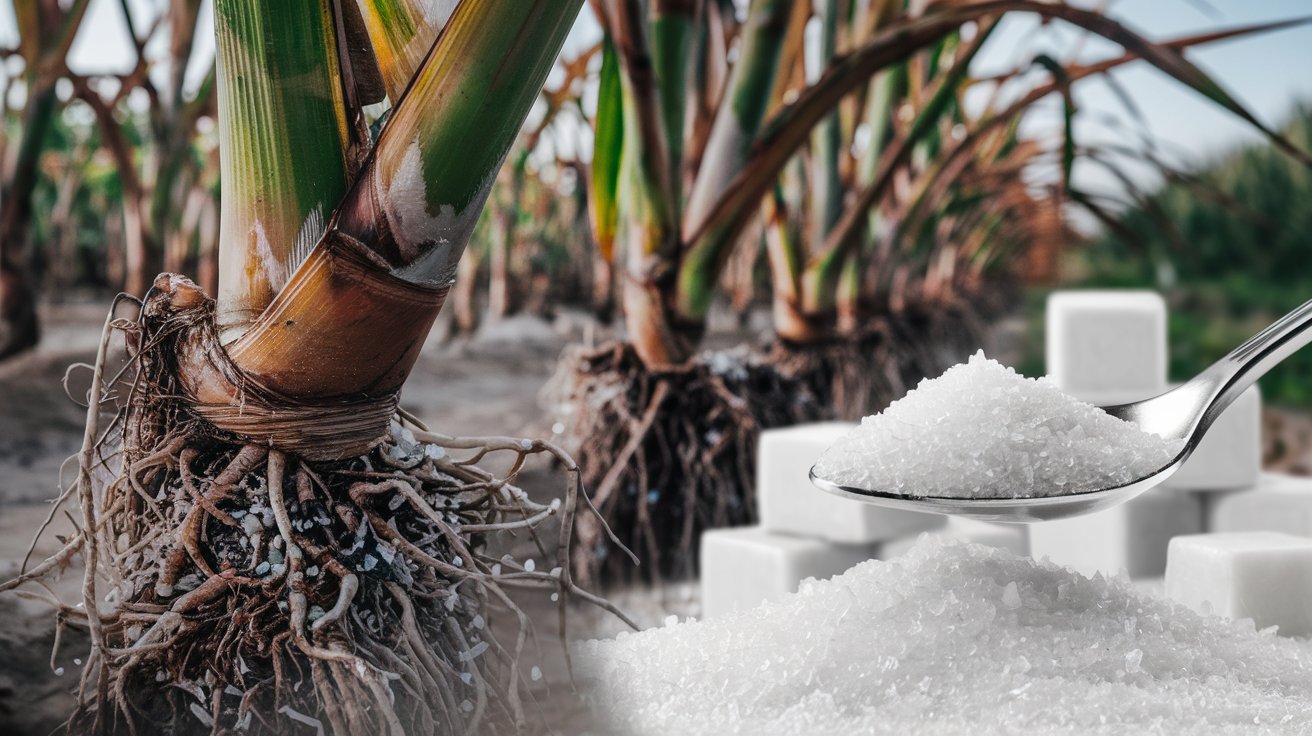
Another food also found to contain microplastics is sugar. Most often extracted from sugarcane which is cultivated in areas such as Asia which are well known to be polluted with plastics. The same way that sugarcane extract water and nutrients from the soil, the same way it could pull microplastic particles which have accumulated on the ground. This plastic particles can penetrate it and become immersed in it and before sugar is consumed it has been processed and refined and, therefore, contains plastics.
This gets worse where industrial wastes and plastics find their way into the agricultural fields. Because of this, plants are grown with these microplastic pollutants, and once sugar is processed for its use, these get into the food chain. This growing concern poses severe questions to the security of foods consumed today together with the general consequences of environmental pollution.
Microplastics and Health: A Growing Concern
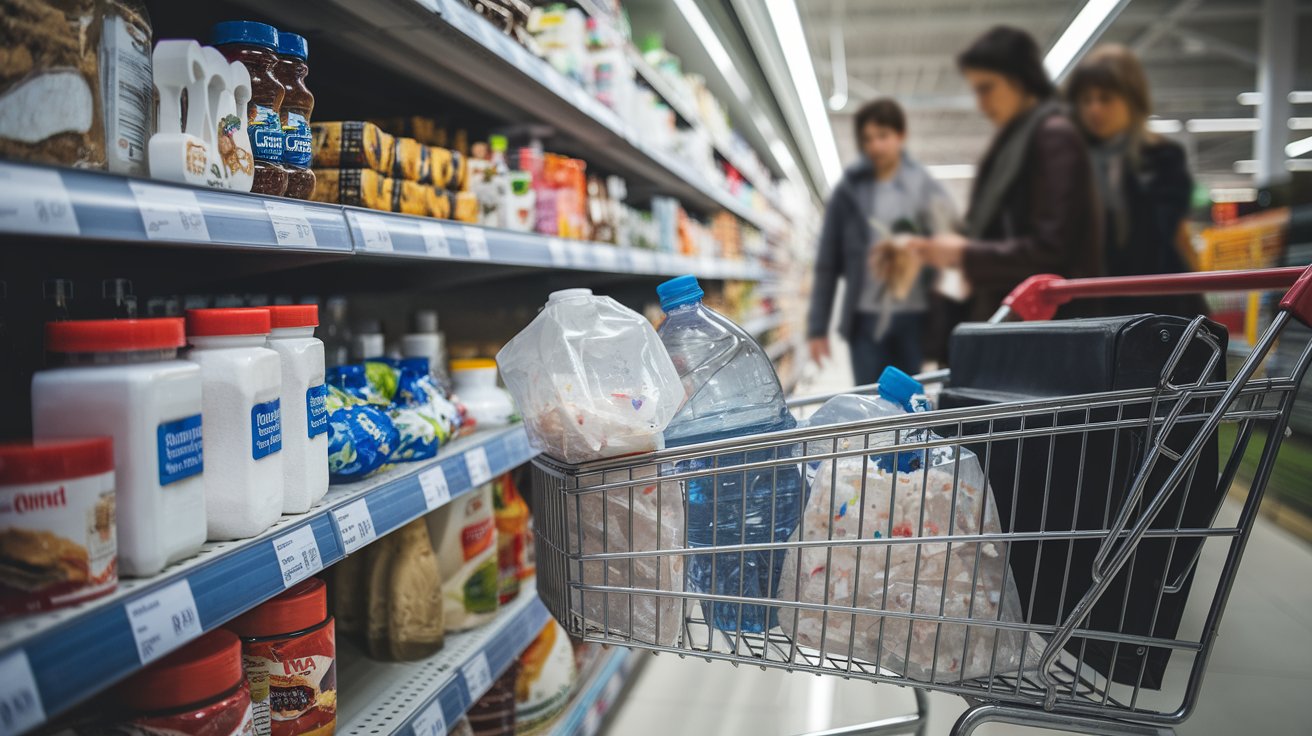
While not much is known about the various effects of microplastics on human health, one can only imagine the effects, which are very likely to be dangerous. In one experiment the researchers were able to prove that the microplastics actually enter the human body and affect our organs and tissues: impairing digestion, causing infections and affecting hormones. Also, these particles can take along toxic substances as well as pathogens to various parts thus enhancing the dangers.
Due to constant effluxion of micro plastics into our environment, researchers believe that long time impacts of the tiny particles can cause chronic diseases. The prospect of such particles to disrupt our body hormones is a big concern for the endocrine disruptors in the future generations. Furthermore, because microplastic are usually vessels of other dangerous chemicals like pesticides and industry waste, their consumption may lead to many diseases including cancer and reproductive disorders.
The Hidden Danger: Consumer Unawareness

Another area of worry that comes with the presence of microplastics in foods is that it is very hard to notice these plastics without a microscope. Many a times consumers do not realize that they are ingesting these particles since they are microscopic in nature. This is a dangerous obfuscation since people are consuming microplastics daily with their salt, sugar, water, food or almost everything they consume.
To worsen the situation, food producers stay mum about microplastic pollution and this worsens the situation. The problem is not well known by the public hence getting ignored and consumers be at the receiving end experiencing the consequences of having consumed these pollutants in the long run. A significant amount of work has to be done to raise awareness and to call for higher standard in the food industry to avoid further use of plastic in its products.
Protecting Ourselves: What Can We Do?

While it may seem like microplastics are everywhere, there are steps we can take to reduce our exposure to these particles:
Opt for Himalayan Pink Salt:
While microplastics are still present in Himalayan salt, it is considered a healthier alternative to regular table salt due to its purity and higher mineral content. Nevertheless, be mindful of the source and processing methods. The best recommend would be JK Seasoning Crusher Pink Salt.
Consider Organic Sugar:
Fresh organic sugarcane contains no synthetic pesticide or fertilizer residues meaning the risk of microplastic pollution is minimized. This therefore is not a perfect solution but it helps to reduce the users’ exposure to dangerous chemicals by opting for organic products.
Choose Natural Sweeteners:
Substitutes such as honey, maple syrup, or stevia are perfect examples of sweeteners that are safe from microplastics. These are natural sweeteners, and they are healthier and safer as compared to refined sugar.
Filter Your Water:
Even tap water and most irritating bottled water have been found to contain microplastics. These are some of the pollutants that can be eliminated with the use of a water filter and to minimize the daily consumption of plastics.
Reduce Plastic Waste:
Essentially, the amount of microplastics that are released into the environment will increase with the amount of plastic waste that comes out. This growing problem can be eased by using less single use plastics and using its reusable counterparts instead in your daily use products.
Conclusion

The problem of microplastics containing in salt and sugar is quite critical that cannot be ignored. There is still a lot to learn about the health-related effects, but one thing is for sure; the more we should avoid contact with these microplastics and lessen the chances of harming our health and the health of the planet. Being more conscious of what we consume as well as being more conscious in our approach to the manner in which we produce our foods, it will be possible to conceptually eliminate the hidden menace of microplastics in our food systems in the near future.
